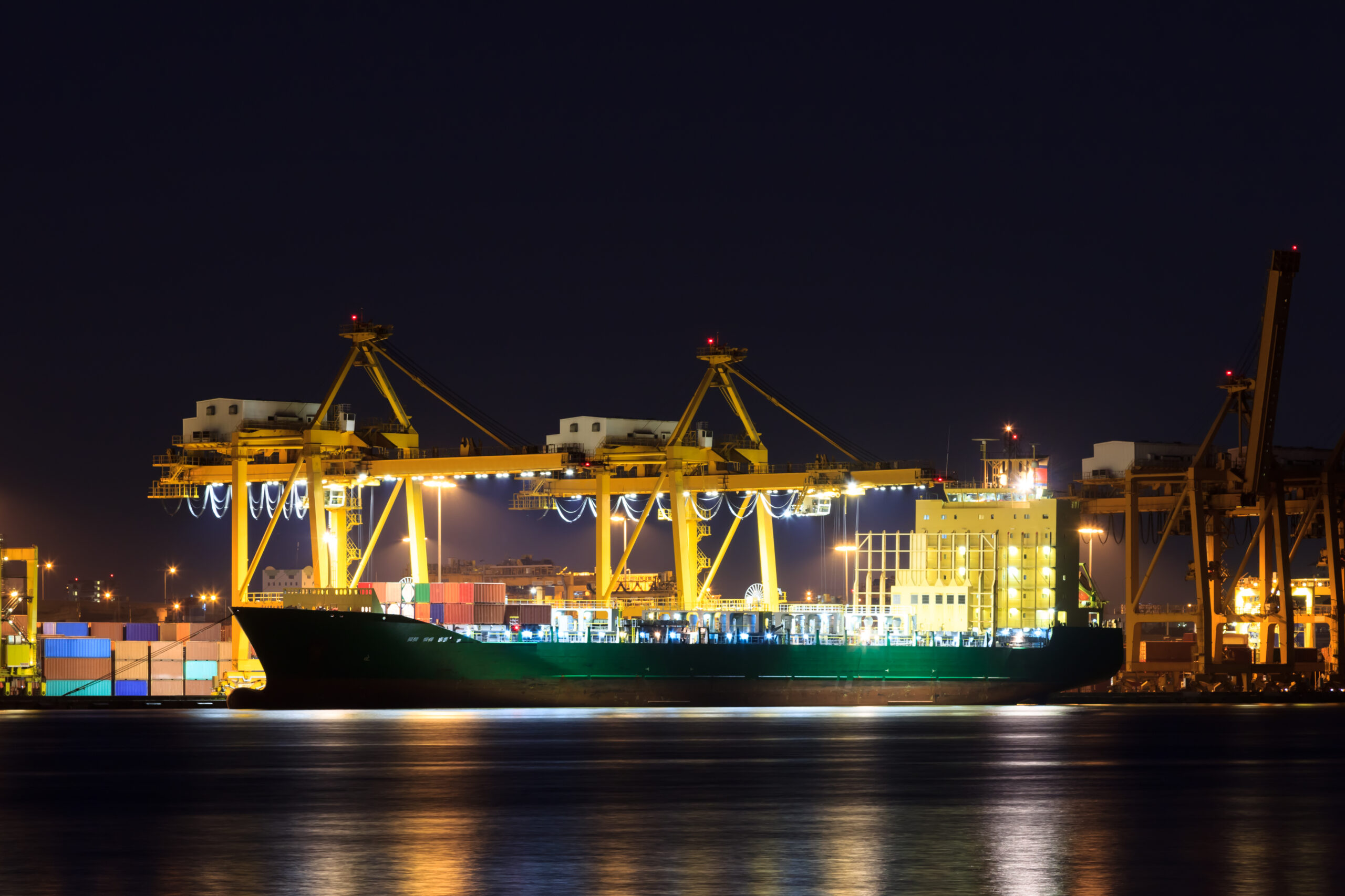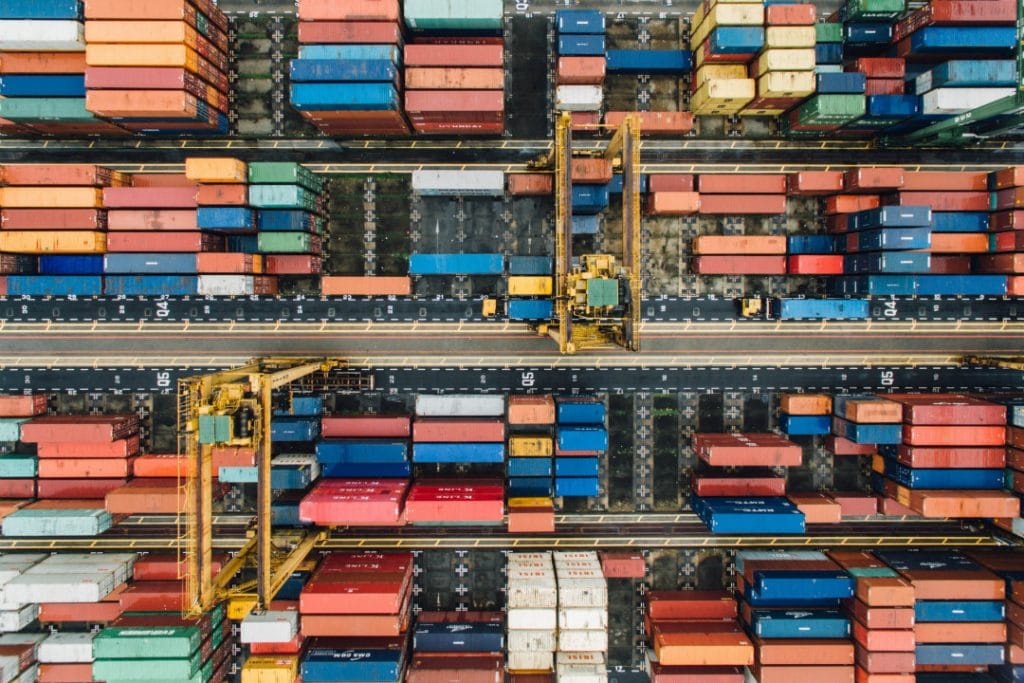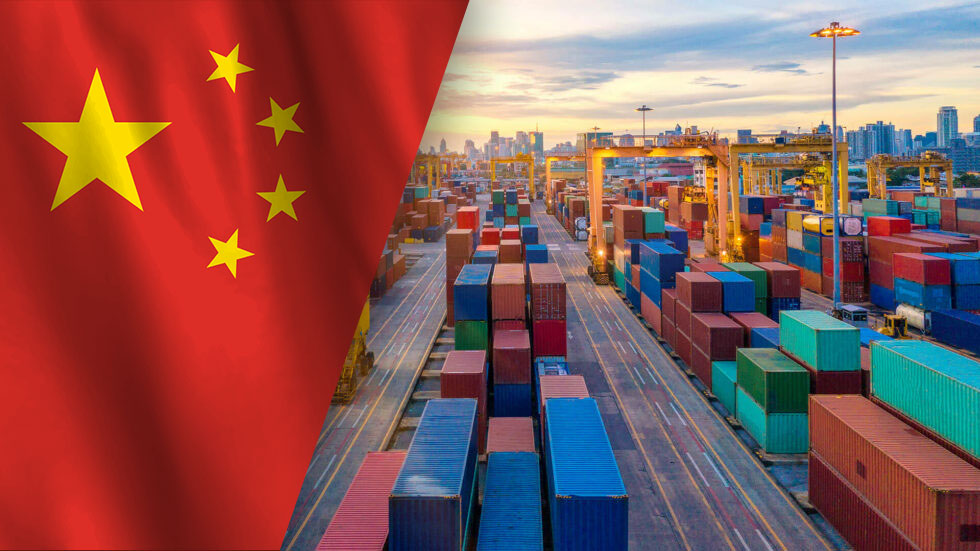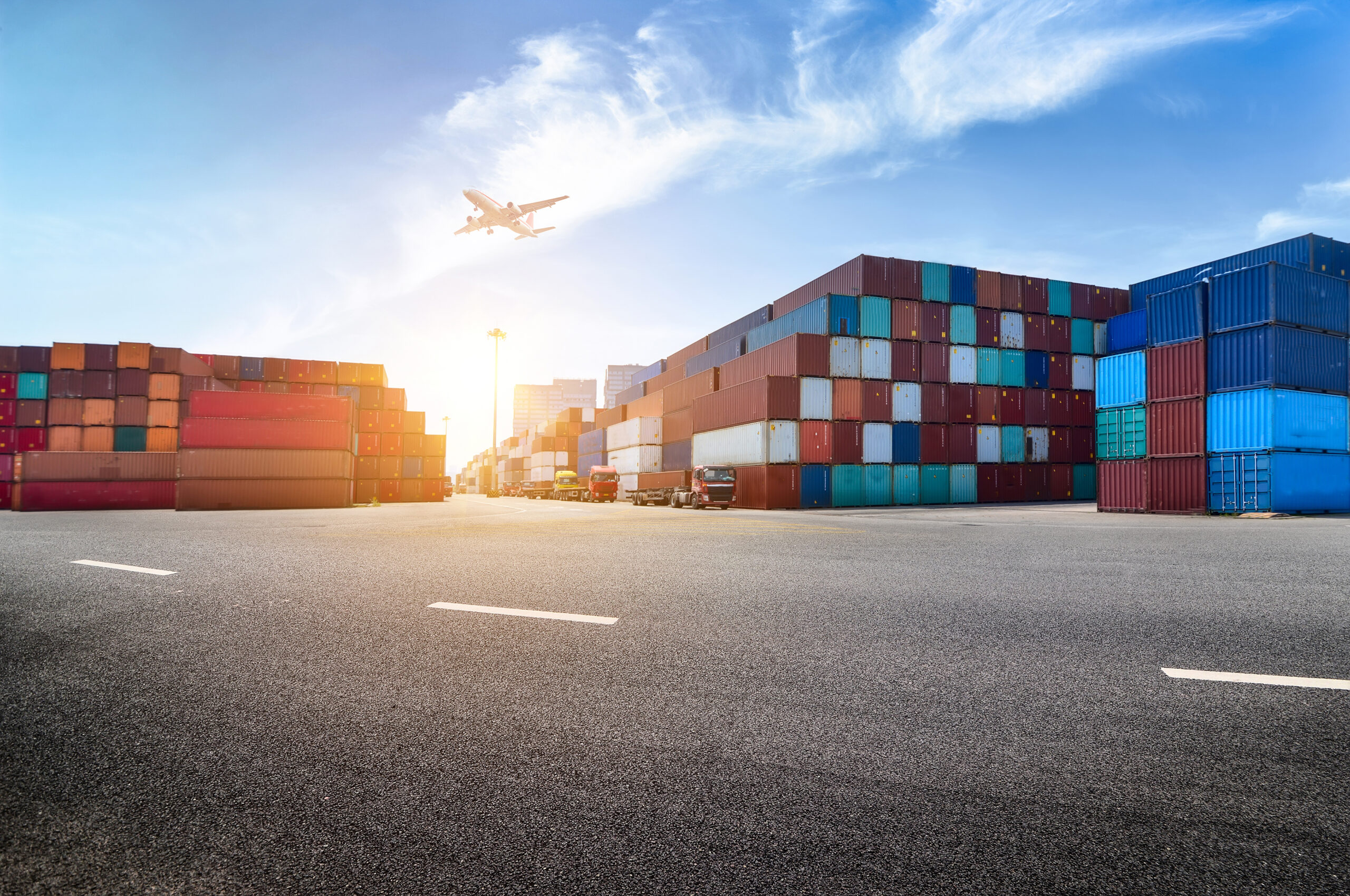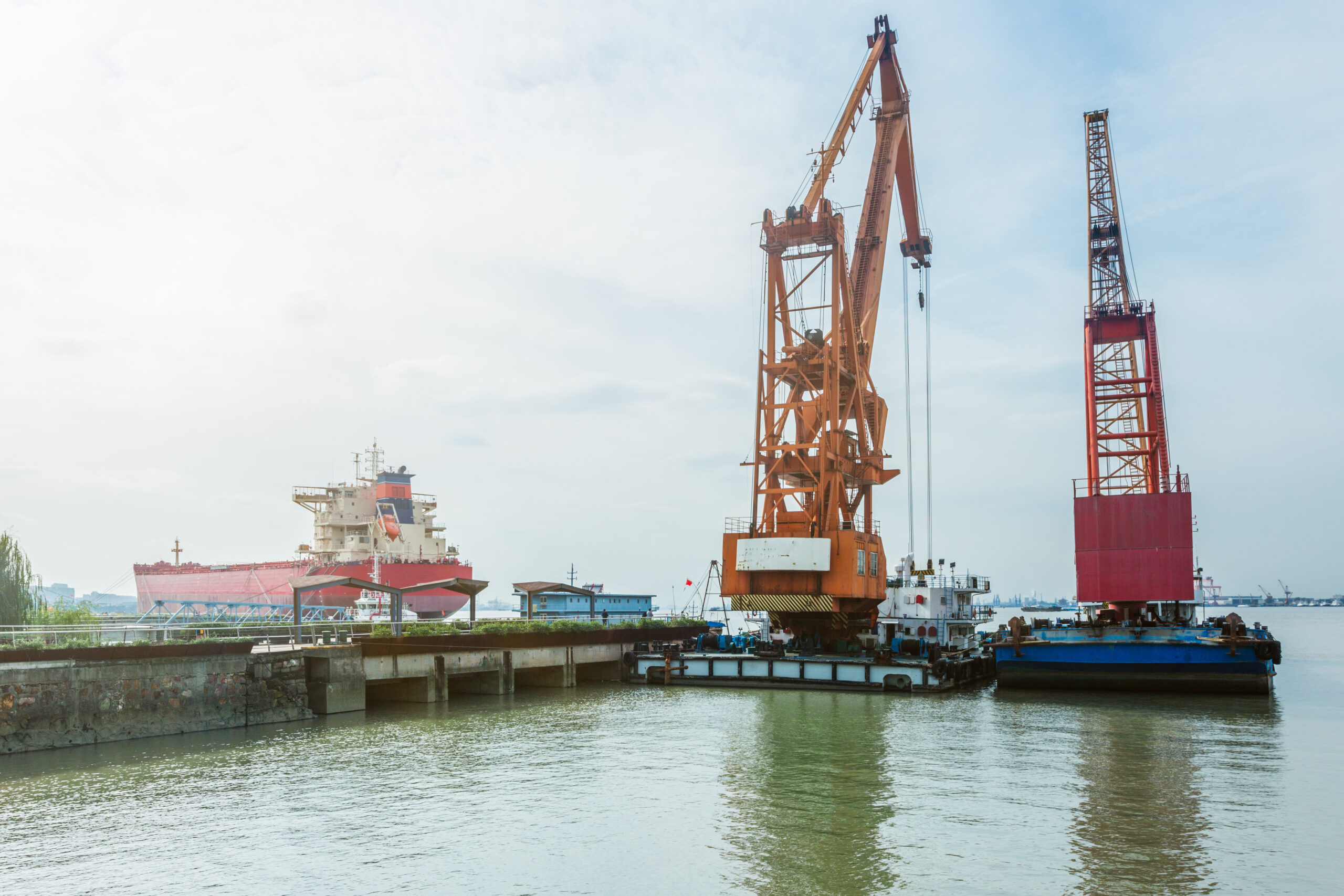This week:
- Surge in US imports ahead of tariffs leads to uneven and temporary boost in LTL freight volumes
- Trump admin ending de minimis for China and Hong Kong on May 2, but what happens after that?
- USTR announces port fee policy following year-long investigation into China’s maritime practices
- Amazon finally enters US LTL market, limits service to inbound shipments at its fulfillment centers
Rush of Imports Ahead of Tariffs Creates Uneven Boost for US LTL Sector
A surge of imports into the US, driven by shippers getting ahead of impending tariffs, has boosted less-than-truckload (LTL) freight volumes nationwide. However, the increase has not been uniform across the LTL sector. Carriers operating near major seaports and border crossings have experienced the most significant uptick, according to industry stakeholders who spoke recently to the Journal of Commerce (JoC).
Regional carriers with a strong presence in key import markets appear to benefit more at this moment than their national counterparts, JoC Senior Editor William B. Cassidy said in a recently published analysis. The US-Mexico border, in particular, has emerged as a hotbed of “pull-forward” freight activity while the Trump administration’s reciprocal tariff policy remains on a 90-day pause.
“We have seen a noticeable but manageable increase in our cross-border traffic at our Texas border facilities,” Kent Williams, executive vice president of sales and marketing at the regional trucking company Averitt, told the JoC. Williams said that while most of the uptick has been in LTL volume, Averitt’s truckload and drayage services have also seen higher demand since early March.
However, booking cancellations could leave some ships departing China half-empty for the next four to five weeks. Cassidy said this expected reduction in international imports will likely make the surge in LTL volumes a temporary phenomenon.
Many industry stakeholders still see the US LTL sector as down. Mike Regan, chief relationship officer at supply chain consulting firm TranzAct Technologies, told the JoC, “We’re still dealing with a very soft market with no imminent sign of when it gets better.” The long-distance US LTL producer price index (PPI), a measure of all-inclusive LTL costs for shippers, declined slightly in March after rising in January and February.
Subscribe to JMR’s Weekly Supply Chain Roundup!
Stay informed with the latest supply chain news, trends, and insights. Get it delivered directly to your inbox every week.
De Minimis for US Imports From China, Hong Kong Ends May 2; What’s Next?
The US’s long-standing de minimis exemption — which allows products valued at less than $800 to enter the country duty-free — is set to end for imports from China and Hong Kong on May 2. The Trump administration is expected to terminate the exemption for goods from other countries later this year. Considering how direct-to-consumer supply chains have relied on de minimis for decades, many stakeholders are now asking, “What happens next?”
In particular, retailers wonder if low-value imports from China will now be subject to tariffs. The Trump administration currently has a blanket 145% tariff on China, with a few exceptions for smartphones and other electronics. Without the de minimis exemption, import duties will indeed now apply to products valued under $800. However, items from China and Hong Kong that enter the US via the international postal system are subject to a different procedure.
The US Postal Service (USPS) will collect duties for previously de minimis-eligible postal shipments from China and Hong Kong. Instead of facing all applicable tariffs on May 2, postal imports will be subject to either a 120% duty rate or a flat fee of $100. Carriers will have the discretion to choose the duty or the fee. The $100 flat fee is set to increase to $200 on June 1.
This carve-out for postal shipments was implemented when the Trump administration temporarily terminated the de minimis exemption earlier this year. After USPS ran into challenges collecting duties on such large volumes, the White House restored the exemption. But some industry observers question whether USPS will ever be fully up to the task. Marianne Rowden, CEO of the E-Merchants Trade Council, said in a recent interview, “It (the US postal system) was not designed for packages; it was designed for letters.”
As for the impact on retail prices, experts say there’s no way around American consumers absorbing extra costs in a post-de minimis economy. Agustin Farias, trade and tariff strategy lead at the global shipping and compliance company Passport, said earlier this month that retailers should consider displaying tariffs as a separate charge to help consumers understand the reason for price increases.
USTR Announces Port Entry Fees on China-Linked Vessels Coming This Year
On Thursday, the Office of the US Trade Representative (USTR) announced that vessels built in China or with links to the country will face new fees upon arrival at US ports starting October 14. The announcement follows a year-long Section 301 investigation into China’s logistics, maritime, and shipbuilding practices.
The new fee structure will impose charges ranging from $18 per net ton to $120 per container on targeted ships. The fees were lowered from initial proposals following a public comment period during which the USTR received more than 600 statements from concerned trade groups and other stakeholders. Some exceptions will apply, such as for vessels carrying US government cargo.
“Ships and shipping are vital to American economic security and the free flow of commerce,” USTR Ambassador Jamieson Greer said in a press release announcing the policy, “The Trump administration’s actions will begin to reverse Chinese dominance, address threats to the US supply chain, and send a demand signal for US-built ships.”
According to the press release, the port fees are meant to “balance the need for action and the importance of limiting disruption for US exporters.” To incentivize domestic shipbuilding, vessel owners who order a new US-built ship are eligible for an exemption of up to three years. The port entry fees have drawn criticism from US importers and trade groups over the potential for higher ocean freight rates and supply chain disruptions.
Amazon Enters US LTL Market, Service Limited to Its Fulfillment Centers
Following months of speculation, Amazon has officially entered the US LTL market. However, the company’s LTL service is currently limited to inbound shipments to its own fulfillment centers.
According to a customer memo made available to the press, Amazon now offers an LTL freight service through its Amazon Freight platform. The company presents the service as a new option for shipping goods into its vast logistics network.
Interested businesses can now access the LTL option via the Amazon Freight web portal, alongside the existing full truckload service. The platform allows users to obtain quotes up to 14 days in advance, and compare truckload and LTL pricing side-by-side.
The launch follows recent reports suggesting Amazon has been actively recruiting LTL talent and may be pursuing a larger presence in the sector. The company launched an LTL offering in Germany in 2024, similar to its new US service.


